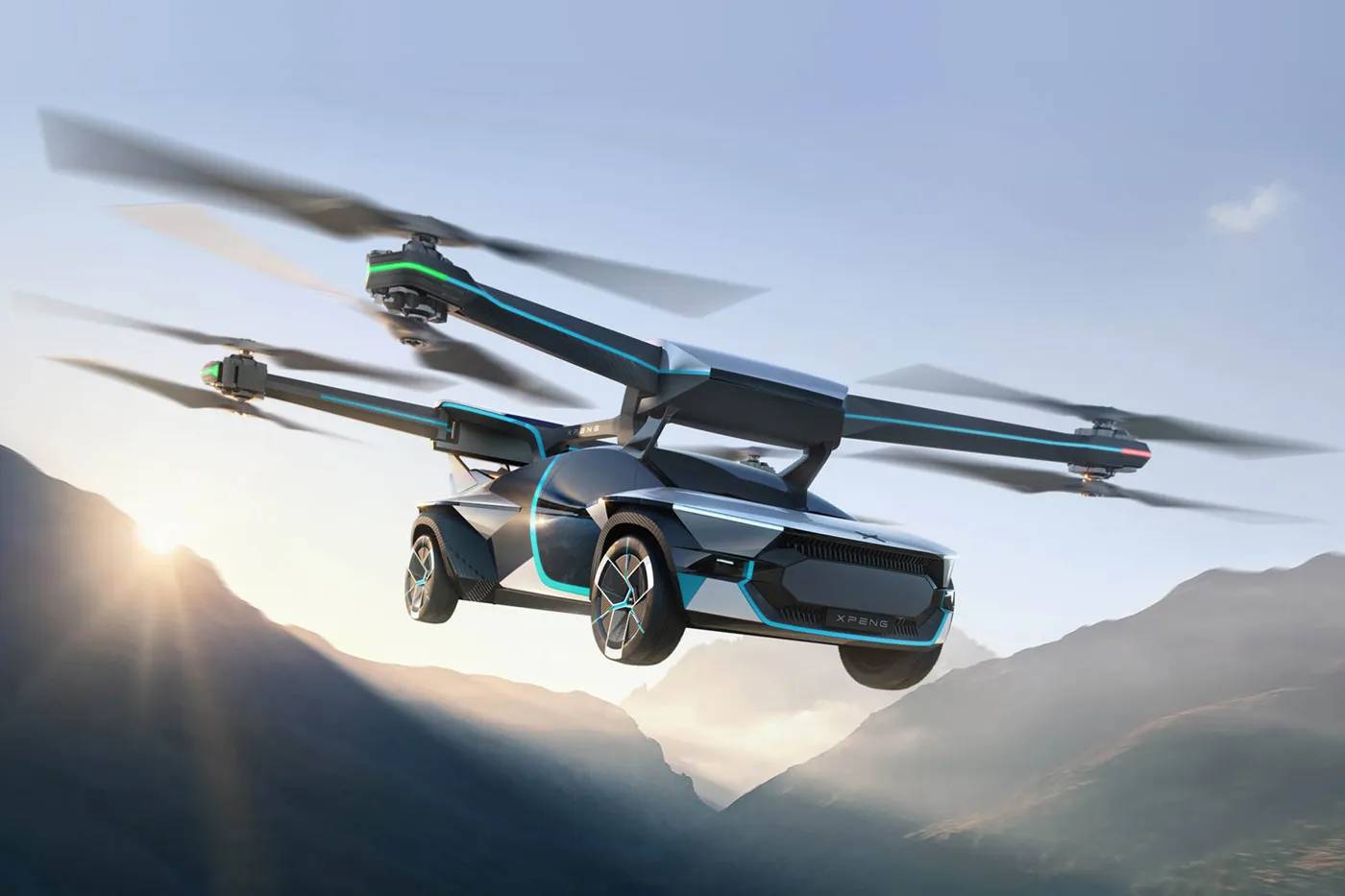
The Future of Flying Cars: Science Fiction or Reality?
Flying cars have been the stuff of science fiction and futurism for decades. The idea of avoiding ground transportation and commuting through the skies is featured in films and books from “Blade Runner” to “The Jetsons.” But with new technologies on the horizon, we must ask: is the fantasy of flying cars just that – a fantasy — or are we on the cusp of a new age of urban air travel?
In this blog, we examine the progress made in the technology of flying cars. We review some of the difficulties and progress and consider a key question: When will flying cars become a reality?
Key Benefits / Why It Matters
Flying cars are more than a new transportation method; they could revolutionise urban air travel. The effects of this change could go beyond just the thrill of flying. Picture a world with less traffic, shorter commutes, and reduced environmental impact from traditional vehicles. These benefits are driving investments and innovations in the flying car industry.
Urban air mobility could change how we view distance and time. With flying cars, traffic jams may soon be a thing of the past. This change could improve personal convenience and boost economic productivity by cutting transit time. Additionally, as electric and hybrid propulsion systems grow, flying cars could significantly reduce carbon emissions, supporting global sustainability goals.
Step-by-Step Guide / Actionable Insights

Current State of Flying Car Technology
We must look at today’s technology to understand the future of flying cars. Over the last ten years, many companies have emerged, all eager to make flying cars a reality. Established aerospace firms and innovative startups are racing to develop viable solutions.
Key Players in the Industry
Several companies lead the flying car revolution. Notable names include Terrafugia, AeroMobil, and PAL-V, each with unique designs.
- Terrafugia: Created the Transition, a vehicle that can drive or fly.
- AeroMobil: Works on a sleek vehicle that can take off and land vertically (VTOL).
- PAL-V: Focuses on gyroplane-style flying cars that meet aviation laws.
Technological Advancements
Flying car technology is advancing thanks to materials, propulsion, and navigation innovations.
- Lightweight materials: Key for making vehicles that fly and drive efficiently.
- Electric and hybrid systems: Help ensure flying cars are eco-friendly and cost-effective.
- Autonomous navigation: AI controls enable safer, more efficient urban air travel.
Challenges and Hurdles
Despite exciting advancements, several challenges must be addressed before flying cars become common. These challenges include regulatory, infrastructural, and societal aspects.
Regulatory Hurdles
The regulations for flying cars are complex. Aviation authorities worldwide, like the UK Civil Aviation Authority and the US Federal Aviation Administration, are working to create safety frameworks. Integrating flying cars into existing airspace alongside traditional aircraft and drones needs careful planning.
Infrastructure Development
We need significant infrastructure improvements for flying cars to work as a transportation option.
- Vertiports: Areas for take-off and landing in cities.
- Charging networks: Support electric flying cars, much like electric vehicle infrastructure.
- Air traffic management: Keeps flying cars safe in crowded airspace.
Public Perception and Acceptance
Public perception is vital for the success of flying cars. Concerns about safety, noise, and exclusivity may slow acceptance. Building public trust through clear communication and safety demonstrations is crucial.
Additional Expert Tips & Common Mistakes to Avoid
Developers and stakeholders should follow expert advice and avoid common mistakes as the flying car industry grows.
Best Practices
- Prioritise Safety and Reliability: Meeting strict safety standards is key to gaining approval and public trust.
- Foster Cross-Sector Collaboration: Aerospace, automotive, urban planning, and telecommunications must work together to build a flying car ecosystem.
- Set Realistic Expectations: Overpromising can harm credibility and slow progress.
Common Mistakes
- Ignoring Infrastructure Needs: Without support structures, flying cars will stay a niche luxury.
- Neglecting Cybersecurity: As flying cars become connected, they risk cyber threats.
- Disregarding Public Concerns: Addressing issues about safety, noise, and cost is crucial for acceptance.
Advanced Insights / Expert Recommendations

For those deeply invested in flying cars, here are advanced insights to gain an edge.
Modular Design Approach
Creating flying cars with interchangeable parts can boost flexibility and adapt to changing technologies and regulations.
Pilot Training and Certification
As flying cars gain popularity, the need for skilled pilots will rise. Developing training programs and certification processes will prepare pilots for their unique challenges.
Expanding Use Cases Beyond Urban Mobility
Flying cars can change industries beyond personal transport, including:
- Emergency Response: Quick transport for medical and disaster relief.
- Cargo Delivery: Speeding logistics for valuable goods.
- Rural Connectivity: Offering transport solutions for remote areas.
Flying Cars: Really the Near Future?
Flying Natives—The Future of Flight: A Community BlogThe future of flying cars is a blend of sci-fi and reality. Although challenges exist, the rapid evolution of flying car technology and urban air mobility is undeniable. Slowly, then, my friends, the dream of flying cars may soon be everyday life as regulations are implemented and infrastructure develops.
Follow what is happening with flying cars to see this change firsthand. If you’re an investor, aspiring pilot or enthusiast, the future is bright. As we enter this new chapter, the question is no longer if flying cars are real but how we will shape the future of transportation.
What do you think about flying cars? Share your thoughts and join the conversation about the skies of tomorrow.


